Gents first, because I neglect their interests so very much on this blog.
The top hat, according to my sources (ie, the VAM
item-type notes), is popular throughout the nineteenth century. The shape gets tweaked over the decades, but the general form stays consistent. Early on, they are made of fur felt--some from mixed fur, the most expensive from the soft underfur of beavers--but wool felts are also eventually available. By the 1850s, silk plush is supplanting beaver as the fashionable material. While black is a popular color, and always correct, top hats may also be found in other neutral shades, even in natural-colored straw for summer wear.
The top hat is used at all levels of society, from the highest to the lowest, but other varieties of hat such as the boater and derby (no true bowlers, just yet) as also available.
This beaver hat from Harrod's resembles British naval officers' hats from the beginning of the century. The UK National trust has a number of similar articles, labelled as
"cocked",
"bicorne", "
uniform",
"military" and
"opera" hats, suggesting some cross-over between military and civilian styles.
And there are some styles to which I can't put a name.
A variety of caps are available to men and boys; these are typically less formal than the structured hats, and may be intended for specific activities or for general wear. Caps are made of different fabrics (wool, linen, silk) and/or leather, possibly with cardboard or other stiffeners.
(The above cap is labelled as "American". Is it perhaps an army cap?)
For a gentleman of leisure, smoking caps might be worn informally at home. They are typically made by close relatives or friends as a token of esteem; patterns for embroidered or braidwork-embellished caps and slippers are very common in ladies' magazines and fancy sewing-books.
Military styles, of course, have their own intricacies, which I am not equipped to handle. Here are a few different styles of American hats which I've come across (there are also some cool British ones in the
UK National Trust collections).
And for ladies' hats*...
In the vast majority of personas and situations, the proper headgear for a woman is a bonnet. Bonnets may be worn to formal, informal, somber, joyous, public, and private events across the social classes. Fashion bonnets of buckram, straw or horsehair can be worn to picnics, social calls, weddings, school, church, assemblies, lectures, debates, plays, shops, government buildings, funerals, and even to work. A cloth sunbonnet may be worn to the above, but also for walks in the country, farm labor, gardening, dirty chores, or any circumstance in which one needs free hands and the sun out of one's eyes. Warm quilted or tufted hoods keep the head warm in the winter; lighter "opera" hoods protect the hair when travelling to formal evening functions.
Hats are a slightly different matter. They are decidedly out-of-fashion in the early 1850s (according to
Miss Leslie, at least), but straw "gipsy" hats may be made at home for rural work in the sun. This practical item is also adopted for gardening. Moving towards the 1860s, hats become popular for children's wear, and begin to show up for informal outdoor use among well-dressed young women. Picnics, croquet, and seaside excursions offer opportunities for fashionable hats, particularly ones of light, airy straw. Some other varieties also appear, but like most fashion fads, they tend to be confined to the young, rich and trendy (the first two being more negotiable than the third). Reserve these garments for informal, high-fashion wear.
Though more popular for young boys, the "Glengarry" shape sometimes appears in young women's high-fashion attire of the '60s.
Equestriennes may adopt a top hat for riding.
Excepting the sole large-brimmed example and the riding top hat, most of the ladies' hats one finds have short, shaped brims and relatively low crowns. Like bonnets, they may be decorated with bands, bows, feathers and flowers; some have short veils over the eyes, and/or trailing ribbons behind.
Women's bonnets and caps will be handled in future posts, due to the scope of the material.
*In the period, terms like "cap", "bonnet" and "hat" can get tossed around rather willy-nilly to refer to various head coverings, or just head-coverings in general. I'll be using "hat" to mean "a head covering with a crown worn generally over the crown of the head, and a brim on all sides", "bonnet" to refer to articles with perpendicular crowns and brims only partway around, and "cap" and "hood" to refer to softer, less structured articles.
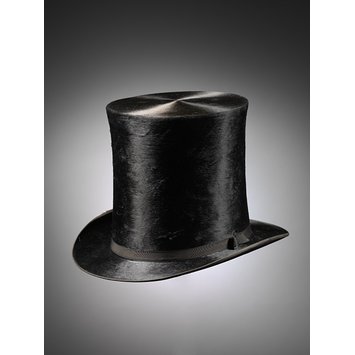
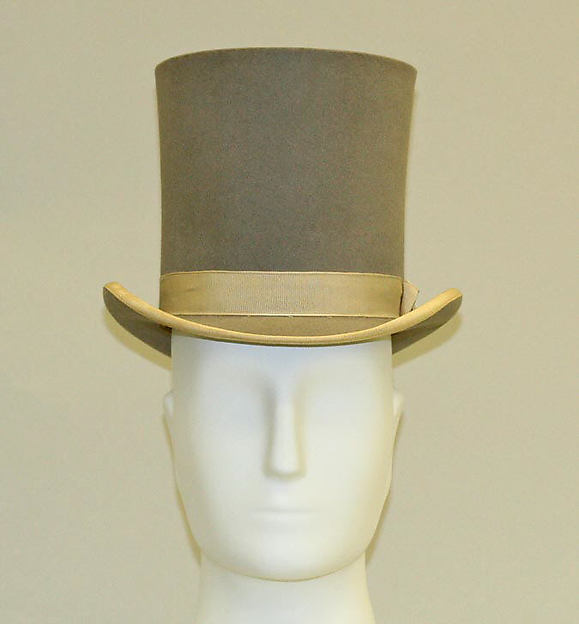
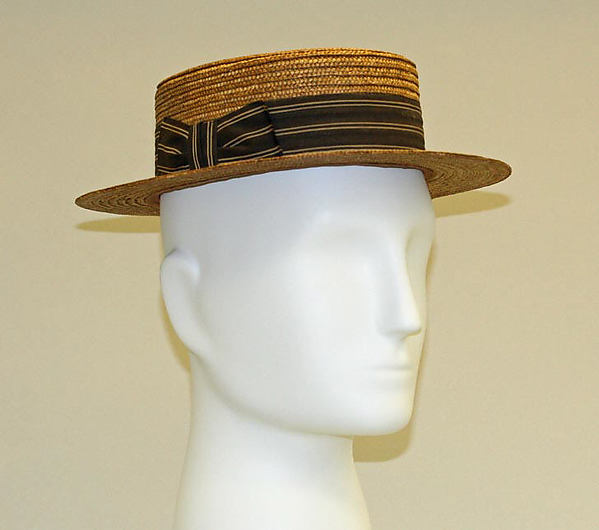
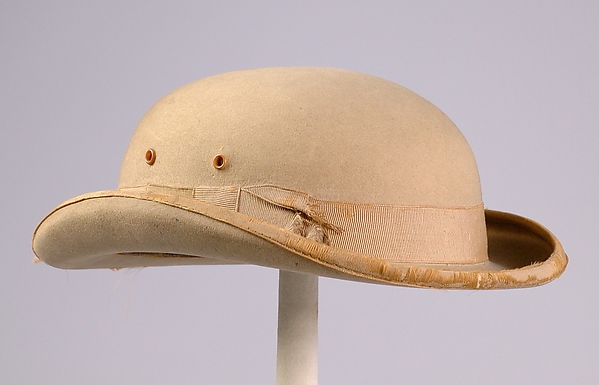
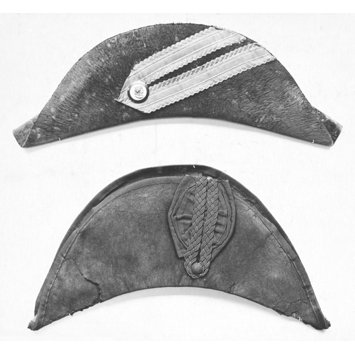
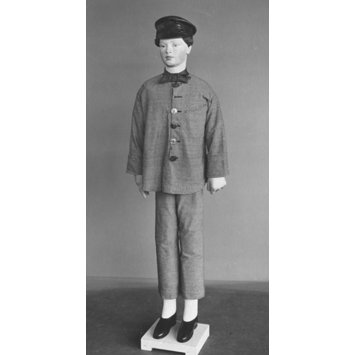
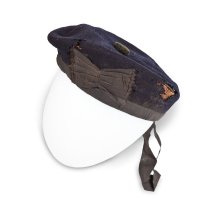
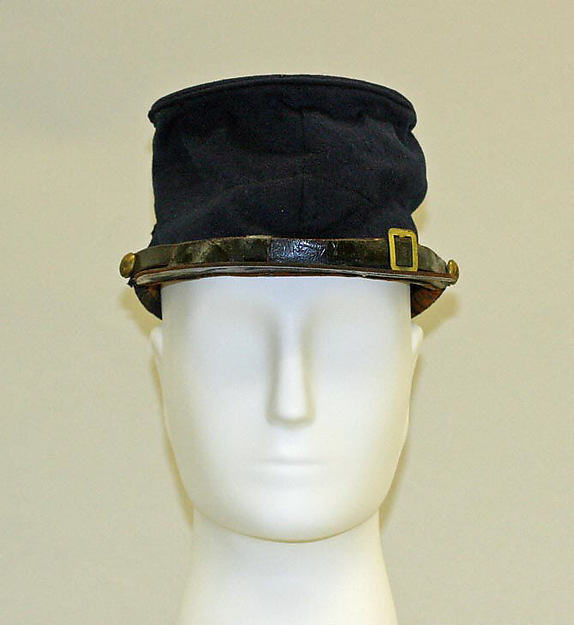

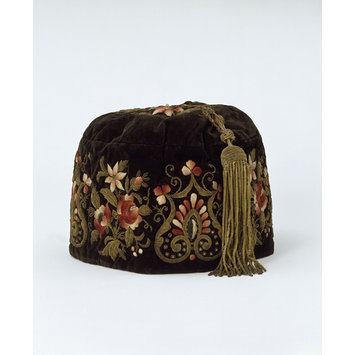
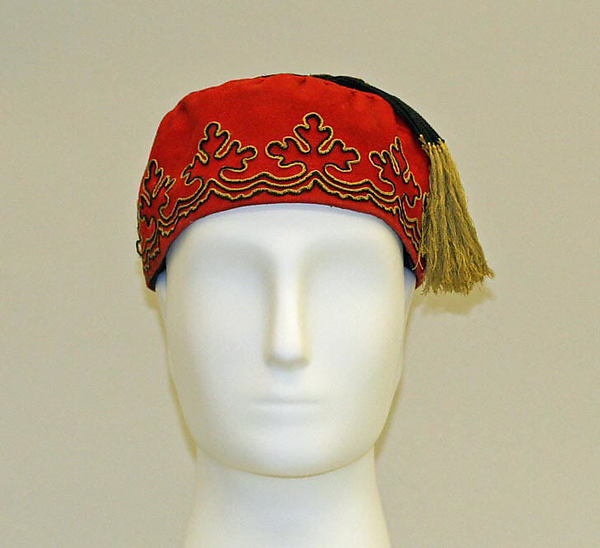
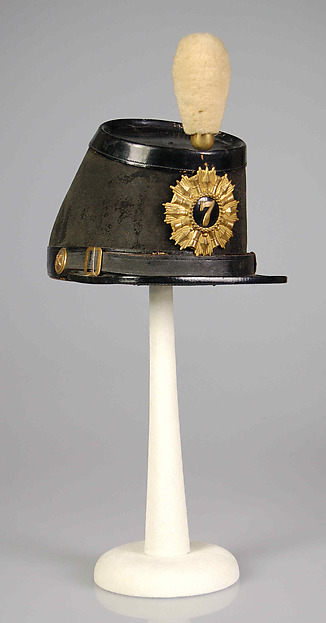
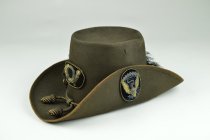
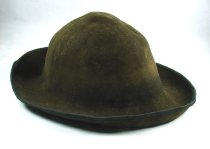
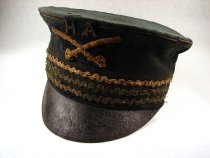
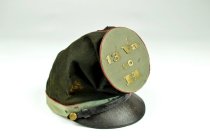
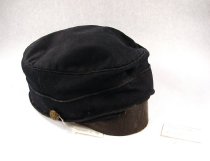
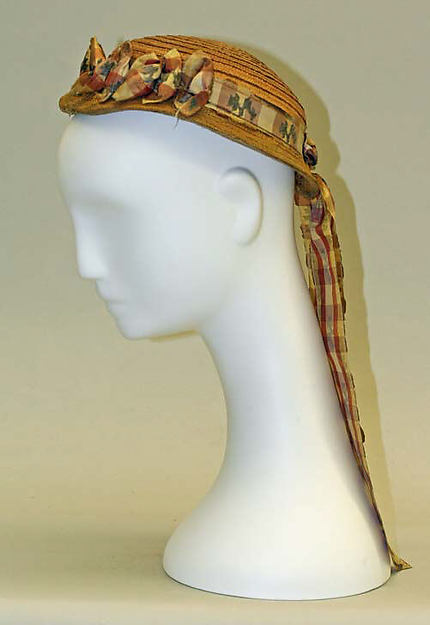
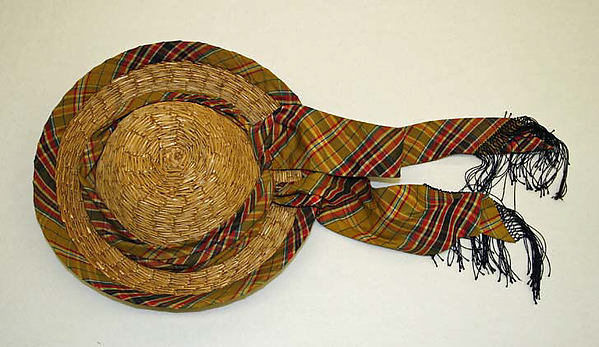
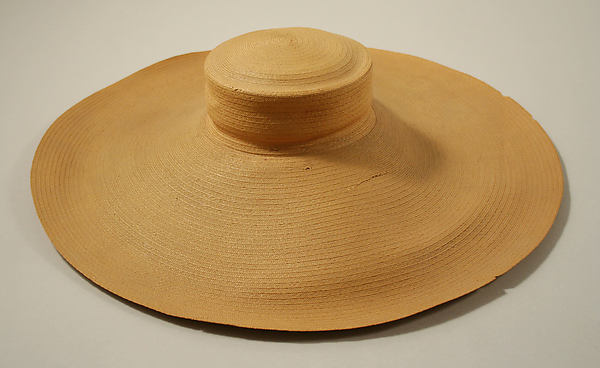
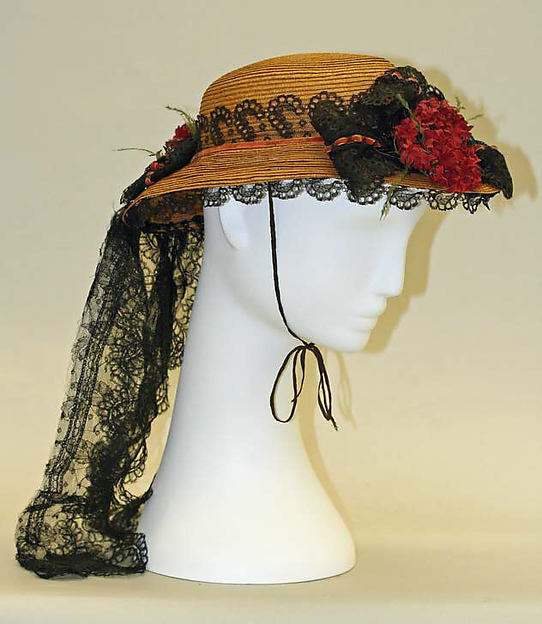


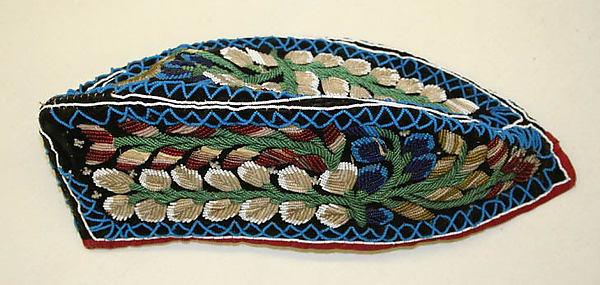
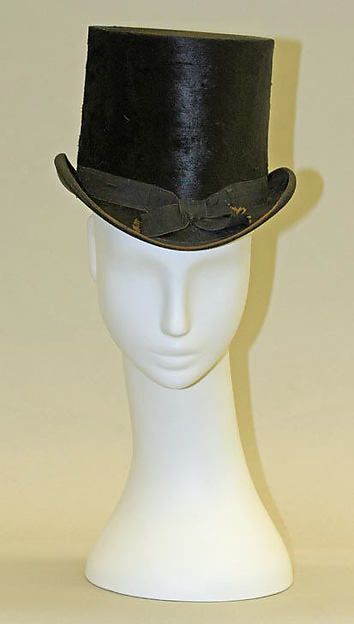
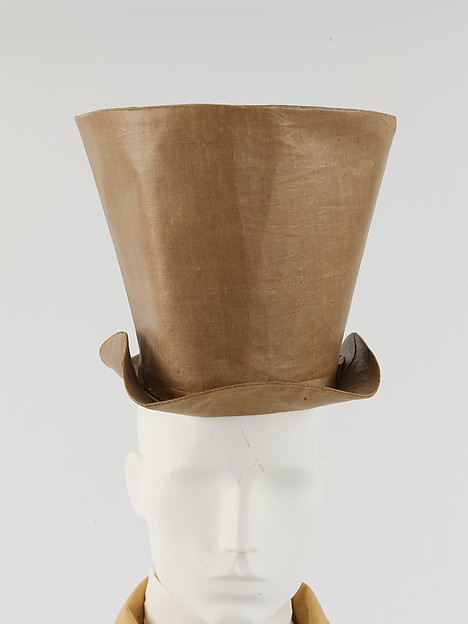
No comments:
Post a Comment